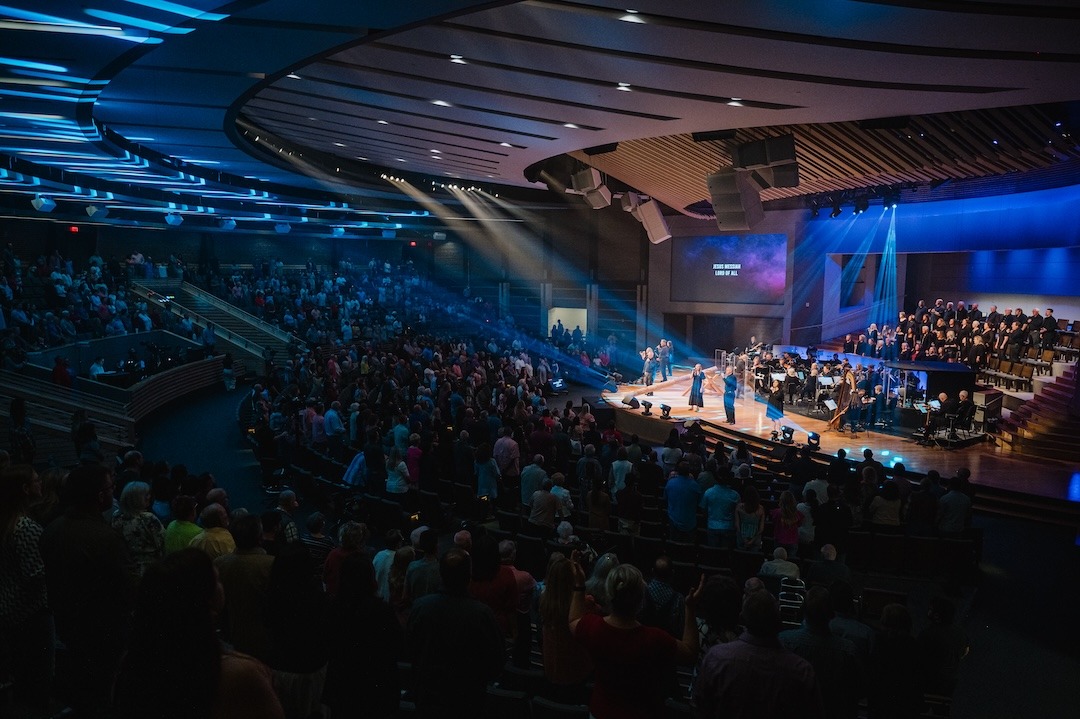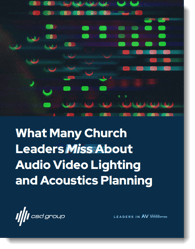What if you’re listening to the wrong voices?
One of the main issues we see is churches who follow the advice of someone they’ve chatted with on Facebook or Instagram about a solution they found for their unique church context. By listening to the wrong voices, they make strategic mistakes in planning their Audio Video Lighting (AVL).
As church leaders, you're faced with the challenge of creating a worship experience that deeply connects with your congregation. Navigating Audio Video Lighting (AVL) and acoustics planning can seem daunting. Traditional methods might not be sufficient. It's time to embrace a new perspective and a strategic methodology!
We proudly present our insightful guide, What Many Church Leaders Miss About Audio Video Lighting and Acoustics Planning. This extensive how-to is filled with valuable insights, designed to lead you through:
- Excelling in Cost-Effective AVL: Discover how to create top-notch productions on a limited budget.
- Deepening Congregation Engagement: Uncover techniques to forge stronger connections with your audience.
- Aligning Technology with Your Church's Mission: Learn how to synchronize your AVL setup with the unique ethos and goals of your church.
- And much more!
Transform your services by downloading our planning guide today!

Discover how to optimize your church's sound, lighting, and video setup with the right plan.
Once you have planned out the space and developed a vision that accomplishes your goals and gathered the right personnel for each role on the team, then you can start to acquire the equipment you need (in phases) to create a meaningful experience for your attendees.
When strategically planning your church’s AVL is to be careful of the opinions and experiences of others online. Just because you can rent a system and make it sound good for a night does not have any bearing on all the logistics, acoustics, construction, coordination, and fit and finish of a proper AVL installation. Don’t get caught up in the hype or confidence of an online influencer. There are people in your community or city who have real talent and first-hand experience — people who have made mistakes and learned the hard lessons that have grown them into great integrators.
As veteran creatives, our mission is to resonate with the heartbeat of every gathering, pushing creative boundaries and industry standards. With precision-engineered solutions, we elevate your message, captivating audiences with immersive, engaging experiences that rise above the ordinary.


